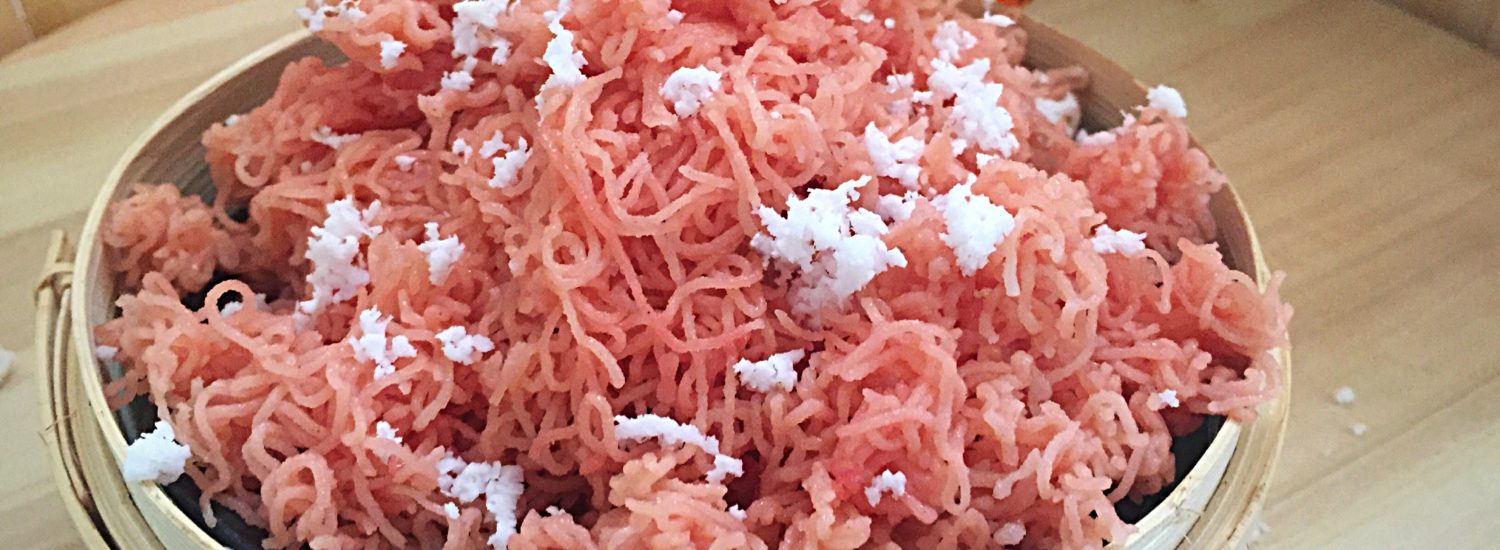Little millet is known as samai in tamil. Awareness about millets and consumption of millets have been increasing in the recent times.
Millets are rich source of protein, essential fatty acids, calcium, iron and B vitamins. Millets are gluten free and alkaline forming grains. Millets are perfect alternatives to people who have intolerance to gluten.
Millets have significant amount of magnesium. Magnesium is an important mineral which helps in increasing efficiency of insulin and glucose receptors and thus helps in the prevention of Type II diabetes.
Little millet has fibre content, rich source of minerals like calcium, iron, zinc among other minerals. It provides essential fatty acids and aids in weight loss. Since millets are alkaline in nature, it’s a good choice for people who have acidity problem.
Little millet can very easily substitute rice in many recipes. One would not even be aware if not told. Pongal, khichidi, idli, dosa, paniyaram, othappam and many more dishes can be made using little millets. It can be cooked just like rice and be served with sambar or rasam or curd. Thus, one can easily include millets in day to day diet instead of wheat or rice.
I am going to share with you all a paniyaram recipe using little millet. It is very easy to make, healthy and your family would love it.

Ingredients
| Ingredients | Quantity |
| Samai (little millet) | 1 cup (210 gms) |
| Urad dal (ulundhu) | 1/4th cup (50 gms) |
| Fenugreek seeds(vendhayam) | ½ tsp (2 gms) |
| Onion (finely chopped) | 2 (135 gms) |
| Chopped coriander leaves | 2 tbsps (11 gms) |
| Curry leaves | 1 tbsp (3 gms) |
| Chopped ginger | 1tsp (6 gms) |
| Sesame oil | 3 tbsps (38 gms) |
| Mustard | 1 tsp (2 gms) |
| Split urad dal | 1 tsp (5 gms) |
| Chana dal (kadala paruppu) | 2 tsps (10 gms) |
| Asafoetida (perungayam) | ½ tsp (2 gms) |
| Salt | 1 tsp (to taste) |
Preparation time- 30 mins
Soaking time- 2 hours
Fermentation time – 6-8 hours
Cooking time- 20 mins
Portion size – 6
Method
- Add samai, urad dal and fenugreek seeds in a bowl.
- Wash it well twice and drain.
- Add water again, cover and let it soak for 2-3 hours.
- Drain the water (can retain some water for grinding) and grind it to a coarse batter.
- The batter should have a grainy texture.
- Beat the batter well to aerate it so that it will ferment well.
- Cover and let it ferment overnight or 8/10 hrs.
- Well fermented batter will yield soft and melt in mouth paniyaram.
- To the fermented batter, add salt, finely chopped onions and coriander leaves.
- Heat one tsp oil in a pan. Add mustard.
- When it starts spluttering, split urad dal, chana dal, chopped ginger, asafoetida and curry leaves.
- Saute till the curry leaves turn crisp and add the tempering to the batter.
- Add ½ cup of water too and mix everything well. The batter should pour off the ladle easily.
- Heat a paniyaram pan. Add oil in each mould.
- Pour some batter in each mould, cover and cook in medium flame. Let it cook for few mins.
- Once the under- side is cooked, turn the paniyarams gently to cook the other side.
- Cook till both sides turn crisp and golden.
- Remove and serve the paniyaram hot with spicy chutney or chutnies of your choice. Red chutney, according to me is the best accompaniment.
- It can be served along with tomato ketchup also, especially for kids as a snack. Paniyarams are very good choice to pack for school lunch or as a snack.
Nutritive value for one portion
| Calories | 205 kcal |
| Carbohydrates | 27 gms |
| Protein | 6 gms |
| Fat | 7 gms |
| Dietary fibre | 5 gms |
| Calcium | 25 mg |
| Iron | 1.3 mg |
| Zinc | 1 mg |
| Magnesium | 54 mg |






